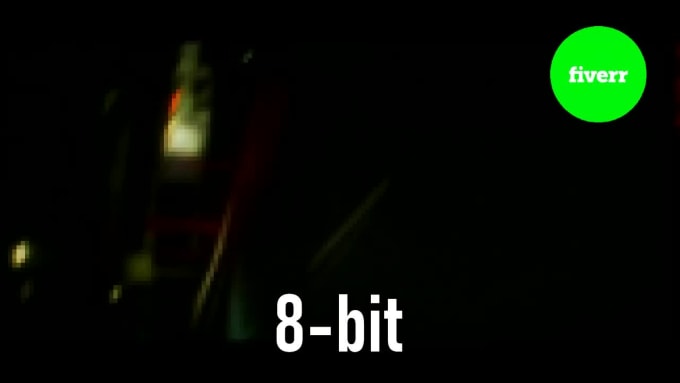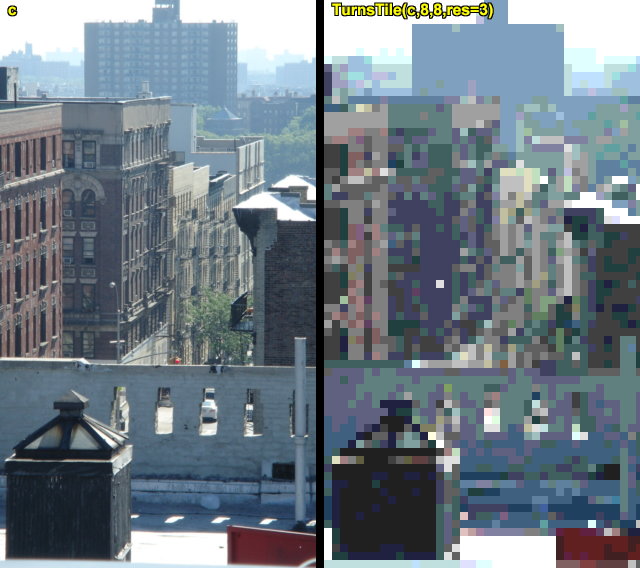

When you move beyond 1-bit, you find its value using the expression "2 to the exponent (however many bits there are)". Where does the number 256 come from? Well, 1-bit equals 2. That's 16.8 million colors you can now create! And that's exactly what you get with an 8-bit image - 256 shades of red, 256 shades of green, and 256 shades of blue, giving you the millions of possible colors you usually see in a digital photo: You could also include an eigth color in there as well, black, which you would get if you completely removed red, green, and blue.īut what if you had, say, 256 shades of red, 256 shades of green, and 256 shades of blue? If you do the the math, 256 times 256 times 256 equals roughly 16.8 million. If all you had was pure red, pure green, and pure blue, the most you could create would be seven different colors, including white if you mixed all three together: The answer is, by using multiple shades of red, green and blue! The more shades of each color you have to work with and mix together, the more colors you can create. How can you create millions of colors out of just red, green and blue?" You may be thinking, "That's impossible! There's millions of colors in my image. It's being made up of some combination of those three colors. It doesn't matter what color you're looking at on your screen.

If you read our tutorial RGB and Color Channels Explained, you know that every color in a digital image is made up of some combination of the three primary colors of light - red, green and blue: If it's a JPEG image (with the extension ".jpg"), it's an 8-bit image. For one thing, there's no way to save a JPEG file as 16-bit because the format doesn't support 16-bit. The JPEG format has been around for a long time and as digital photography and even Photoshop itself continue to advance, the limitations of the JPEG format are becoming more and more apparent. You may have heard the terms 8-bit and 16-bit before, but what do they mean? Whenever you take a picture with a digital camera and save it in the JPEG format, you're creating a standard "8-bit" image. We're going to look at those benefits in this tutorial.ĭownload this tutorial as a print-ready PDF! What Does The Term "8-Bit" Mean?

And although there are a few valid reasons for choosing JPEG over raw, with faster speed and much smaller file sizes being the two that instantly come to mind, many people are still shooting in JPEG simply because they don't understand the benefits of being able to edit their images in 16-bit.
#Turn a photo into 8 bit pro
Yet many photographers, even pro photographers, are still shooting in the JPEG format even when their camera supports raw. Digital cameras, or at least high-end digital cameras, have been able to shoot in the raw format for several years now, enabling you to open your images in Photoshop and edit them in 16-bit mode rather than the 8-bit mode you get with standard JPEG images.


 0 kommentar(er)
0 kommentar(er)
